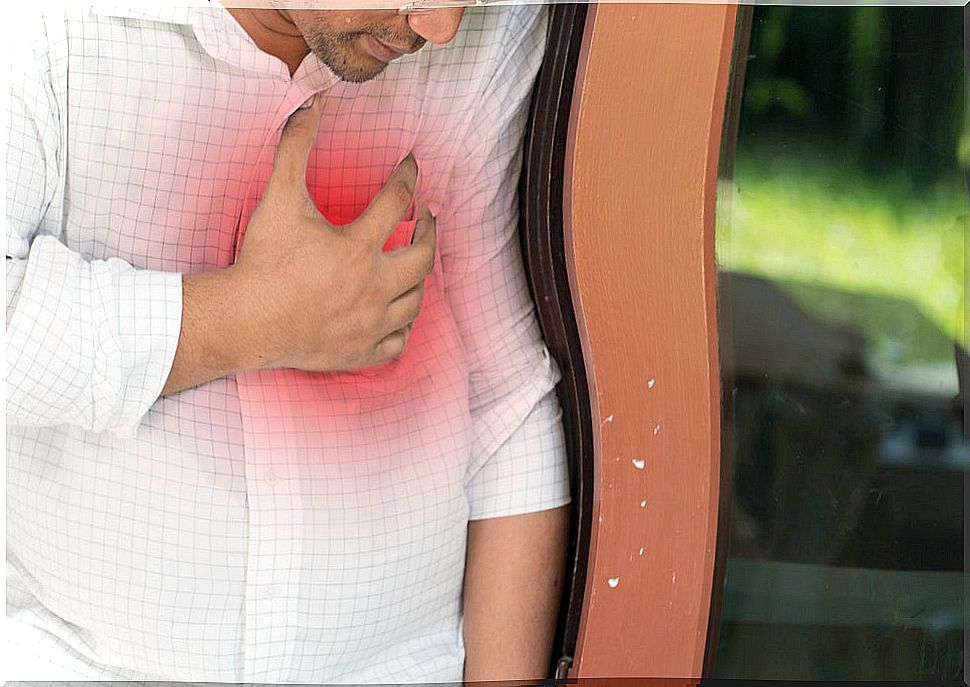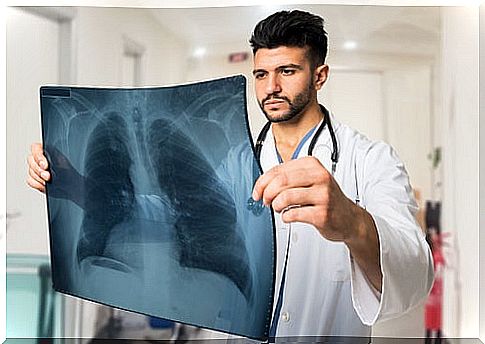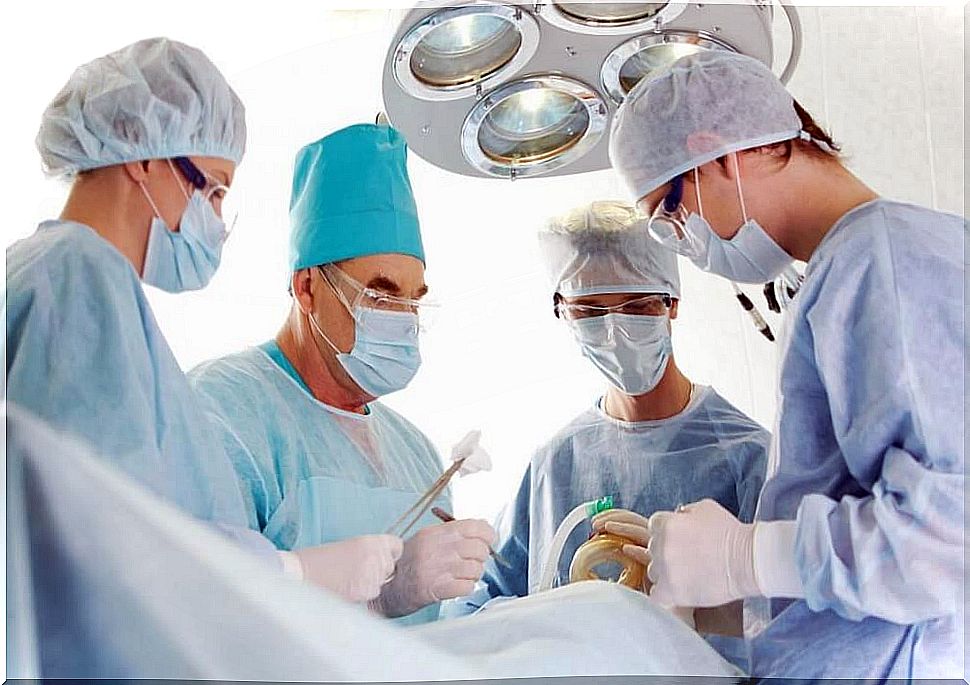Pneumothorax: Everything You Need To Know
Pneumothorax is the term that indicates the presence of air between the pleurae that surround the lungs.
- To breathe, the intercostal muscles and the diaphragm move, in turn moving the lungs.
- To breathe in , the lungs increase in capacity or volume and the change in pressure causes them to fill with air.
However, there are several causes that can lead to the accumulation of air between the visceral pleura (in contact with the lungs) and the parietal (attached to the chest). Therefore, the lungs cannot vary in size properly and breathing problems occur.
Symptoms of pneumothorax

Among the most common signs that can be related to this ailment we highlight: tachycardia, hypotension and:
- Sharp, stabbing pain in the chest, especially near the affected area. On the other hand, the annoyance can spread to other nearby areas. Typically the armpit region, back, and side. The ailment may intensify during inspiration.
- Difficulty breathing. You may feel drowning because you cannot carry out the changes in lung volume. In fact, not enough air is inhaled. Also, different degrees of severity can be distinguished and breathing is usually shallow and rapid (tachypnea).
- Hypoxemia: refers to the decrease in oxygen levels in the blood. It is directly related to the respiratory failure of the patient. In addition, a bluish tone or cyanosis can be seen in various areas of the individual. It normally appears on the lips and mucous membranes.
- Hypercapnia: there is an increase in the levels of carbon dioxide in the blood. Again, it is related to poor lung activity. The lungs cannot carry out normal gas exchange and the wastes of cellular respiration are not expelled.
Types of pneumothorax
Depending on the causes and characteristics that identify it, we can classify it as:
- Traumatic: it occurs before a blow or contusion that crosses the thorax and reaches the lung. It can be caused by a broken rib, a stab, a gunshot, etc.
- Primary spontaneous: the pneumothorax appears without previous warning and without any disease of the respiratory system that works as a trigger.
- Secondary spontaneous: the ailment appears as a consequence of a respiratory disease. In this case, the symptoms are usually slightly more severe than in the previously mentioned cases.
- Tension: we could define this subtype as a prolonged aggravation or deterioration of the lungs from one of the 3 types mentioned.
Diagnosis of pneumothorax

If a pneumothorax is suspected , the patient should be auscultated to study lung sounds. The most frequent complementary tests used to diagnose and identify this disease are:
- Chest X-ray: the most commonly used test when diagnosing pneumothorax. This is a harmless test in which the x-ray beam reveals a mass of air compressing the lungs. In the image it is visualized as a radiopaque spot, that is to say, bright white in color.
- Computerized axial tomography (CT): it offers a much higher image resolution than radiography. Several cross-sections of the patient’s chest are made and a computer program reconstructs them to assemble the series of images.
In addition, to quantify the severity of the pneumothorax it is usual to perform a blood test. With it, it is intended to analyze the levels of oxygen and carbon dioxide in the blood. During this disorder, oxygen levels are below normal and carbon dioxide levels are in excess.
Treatment of pneumothorax

If the disorder does not subside on its own, one of the most common treatments is to drain the air between the two pleurae. To do this, a puncture is made in the infected area and it is connected to a tube for the correct expulsion of the air.
In the most severe cases, the medical team may recommend surgery to prevent further damage to the area and to help overcome the disease, minimizing the risk of complications.
Regarding the postoperative recovery process, it should be noted that it will be essential to follow all the doctor’s instructions and, when in doubt, consult with him. Likewise, it will be vitally important to avoid smoking at all costs, since this habit would lead to another lung collapse.









